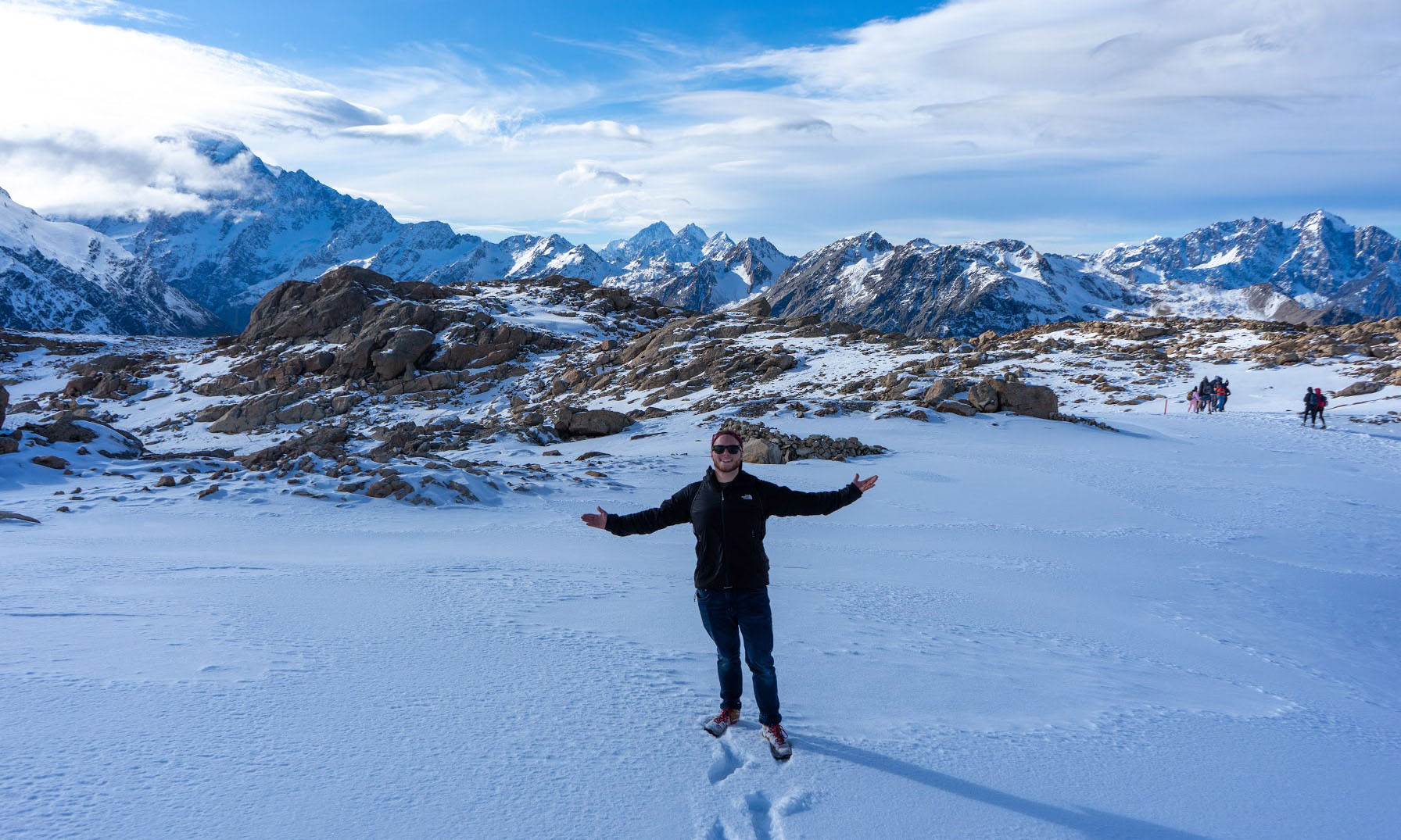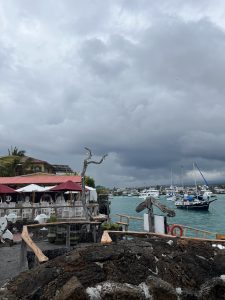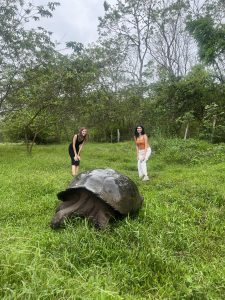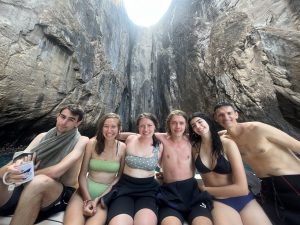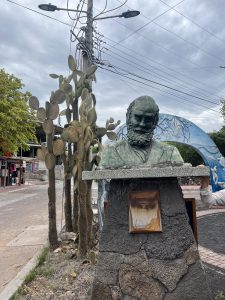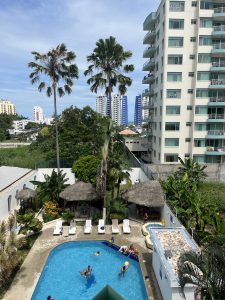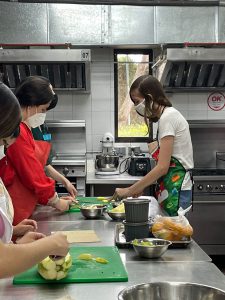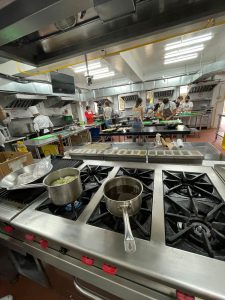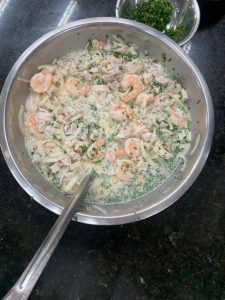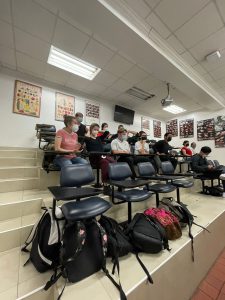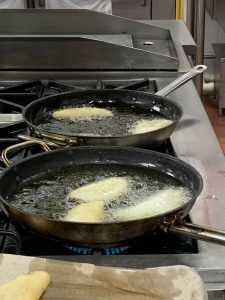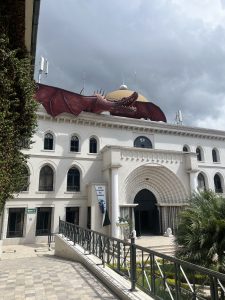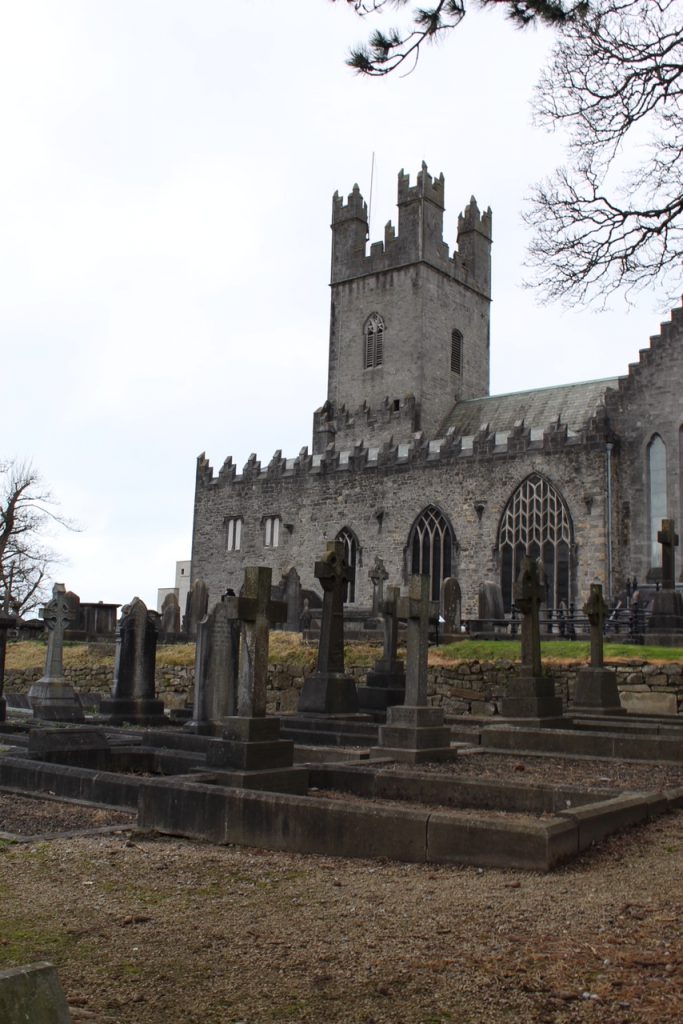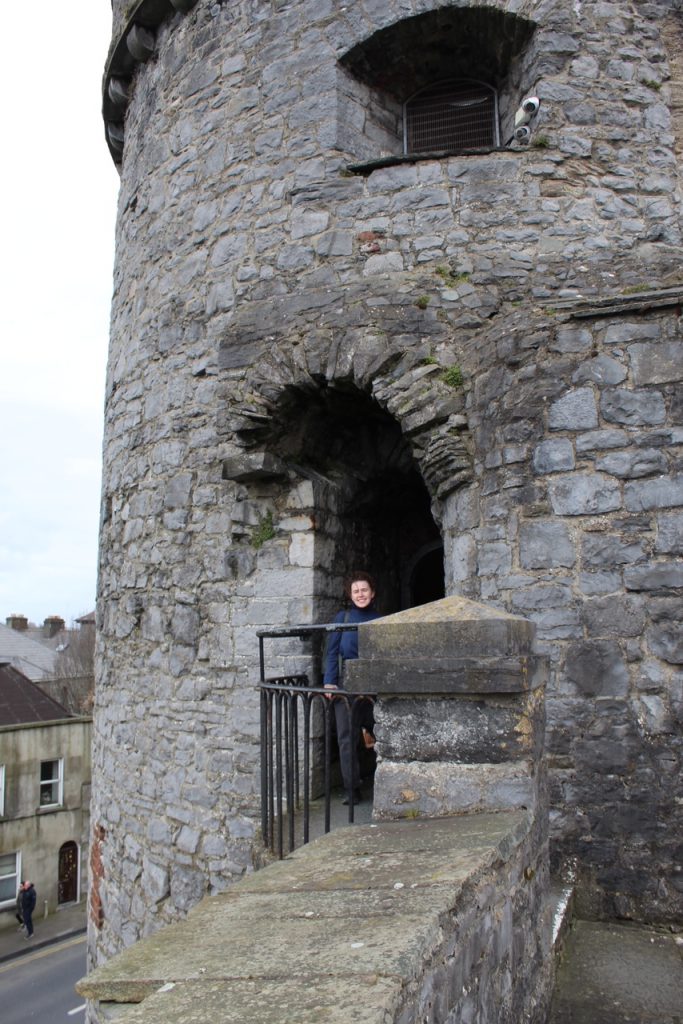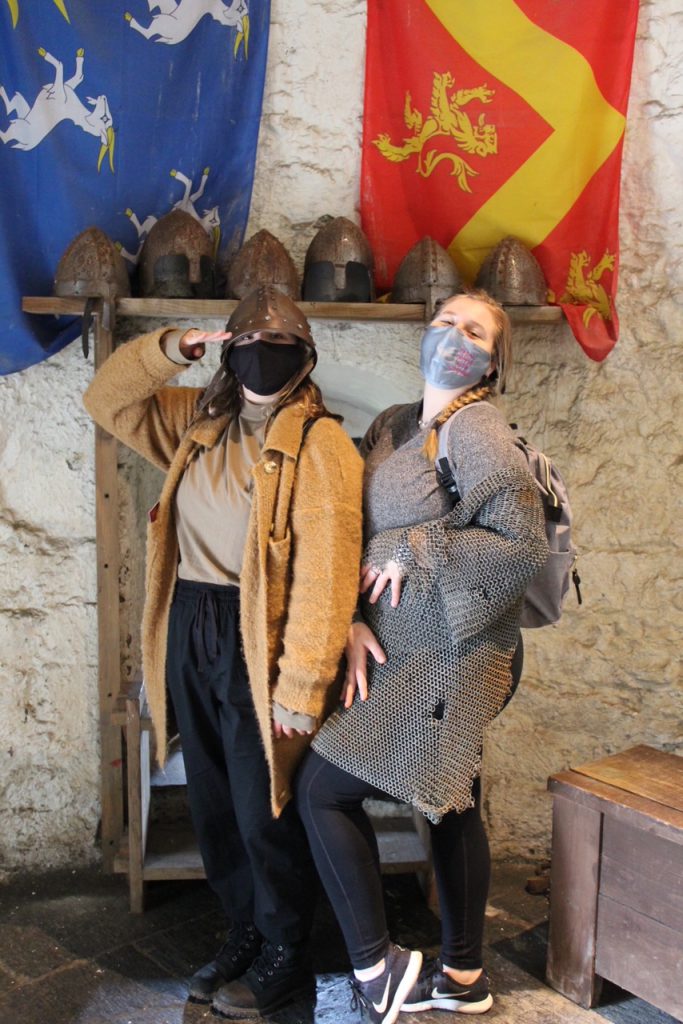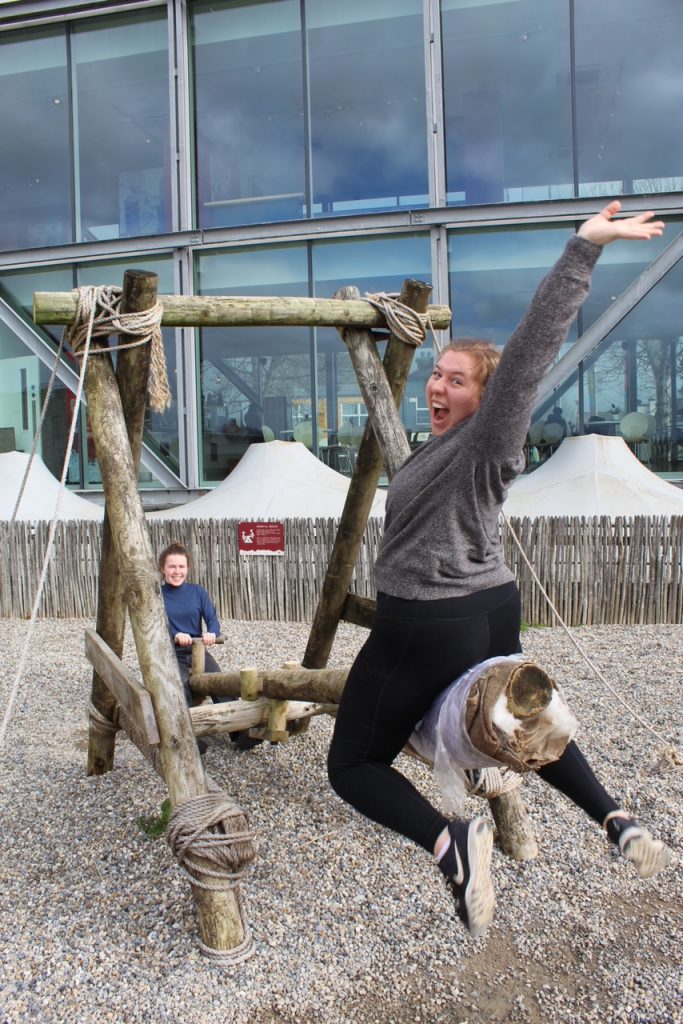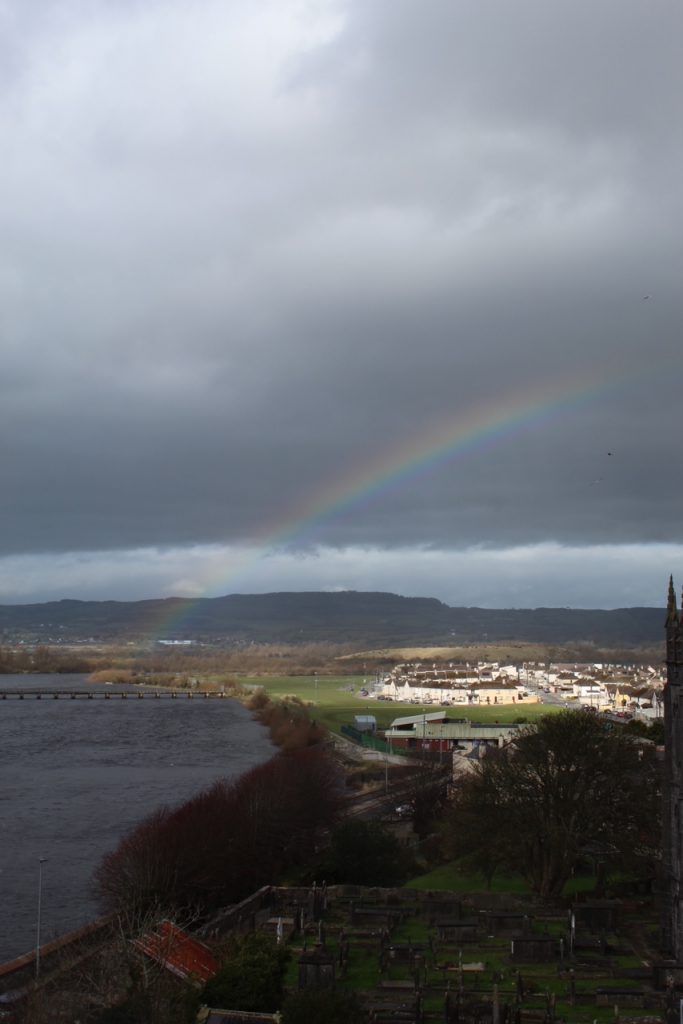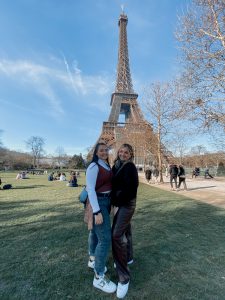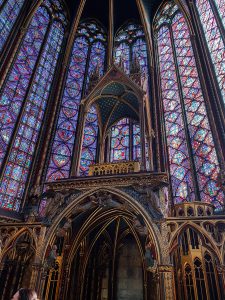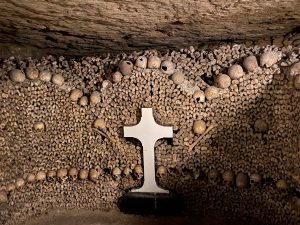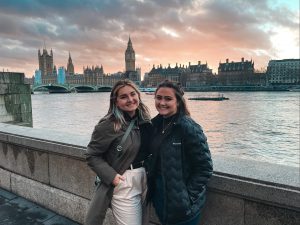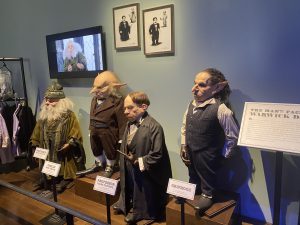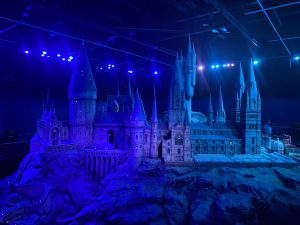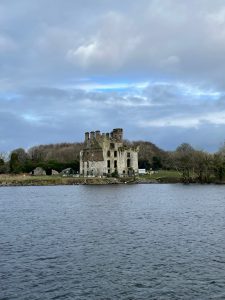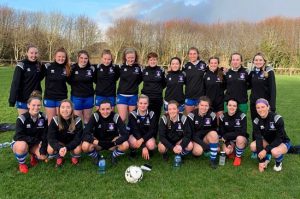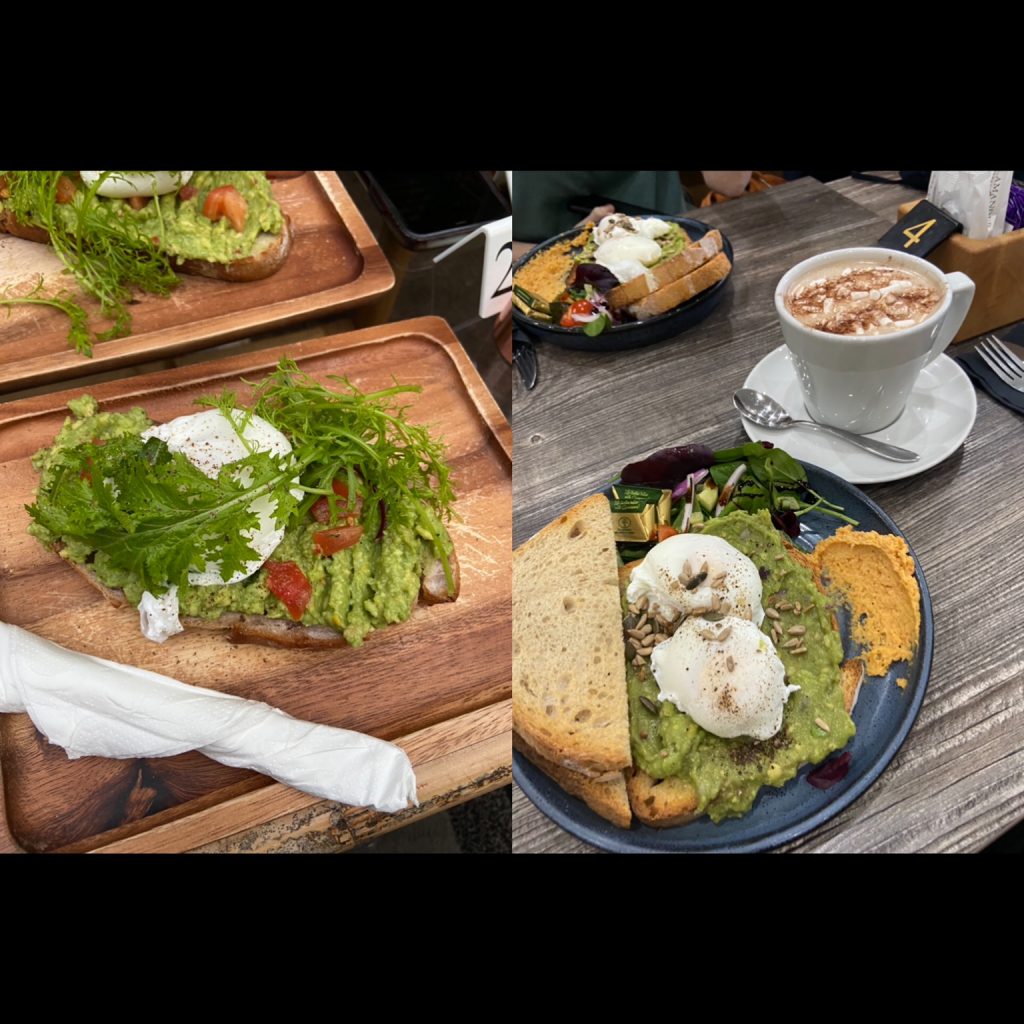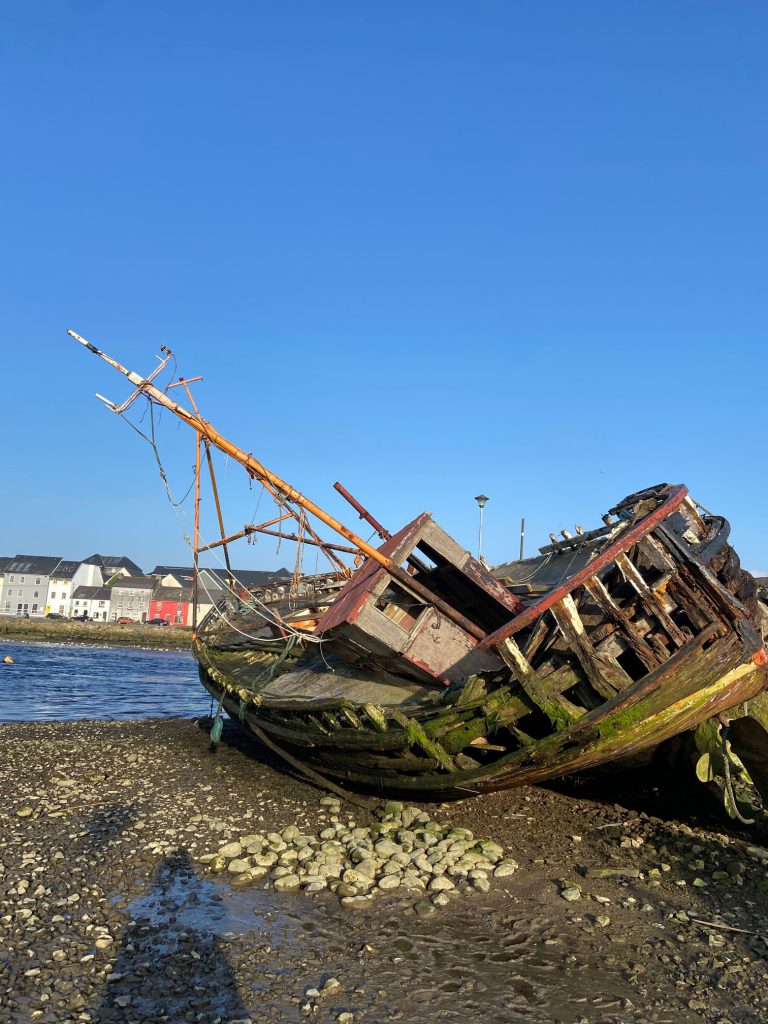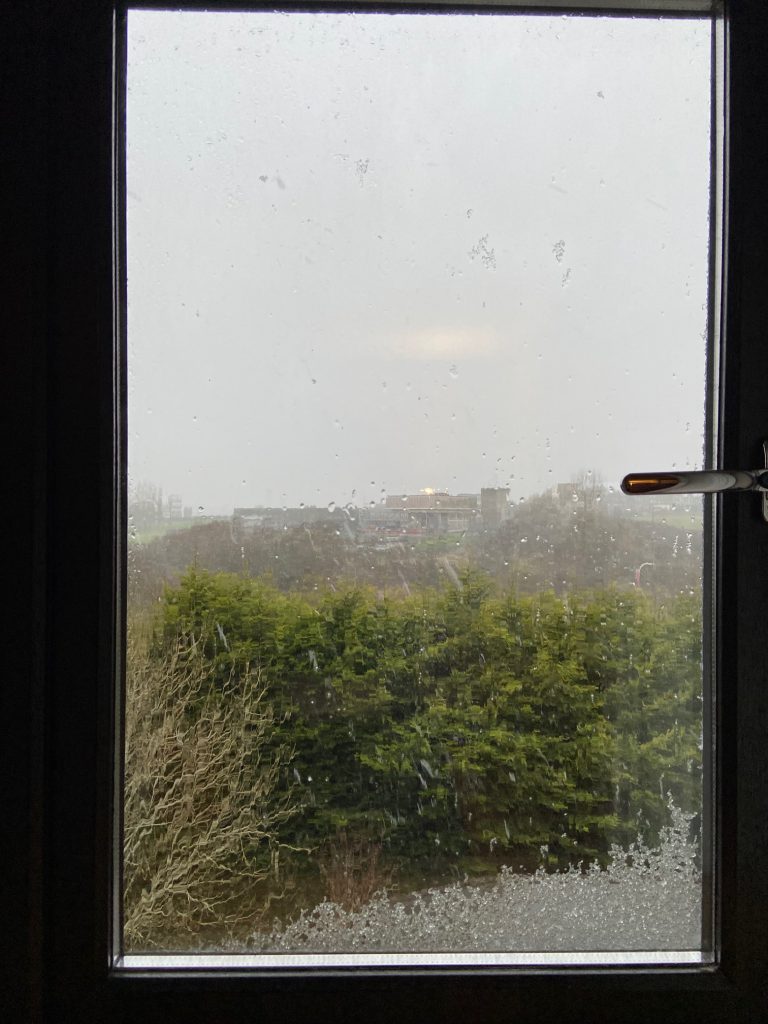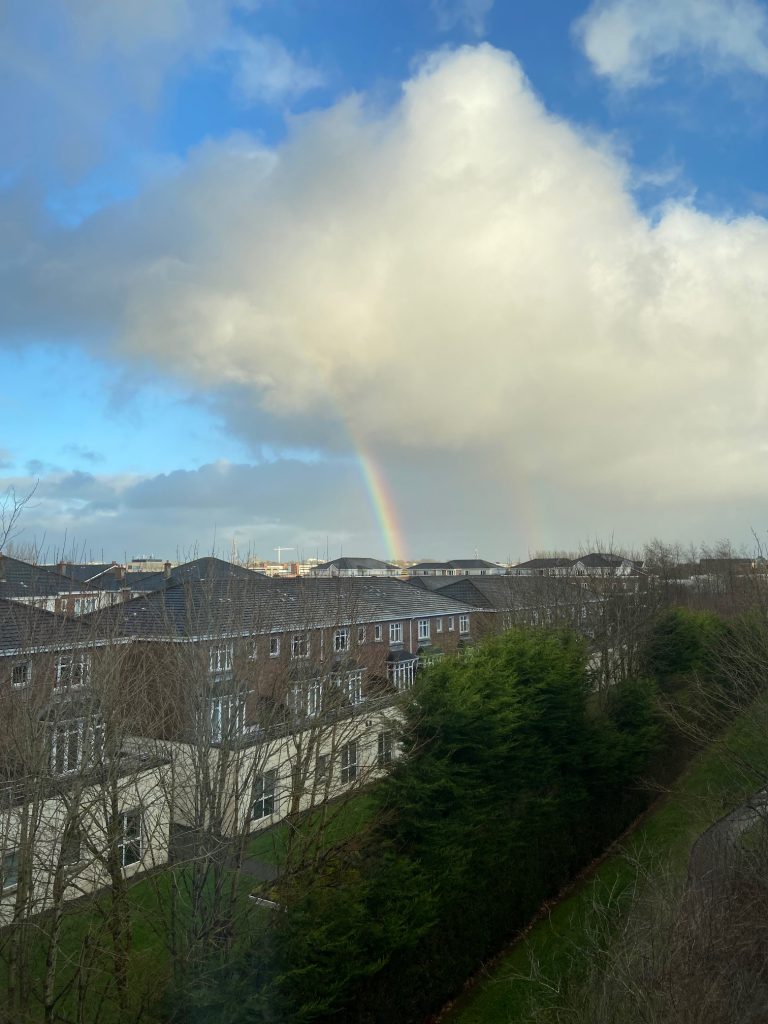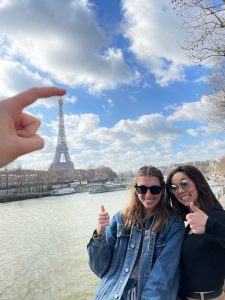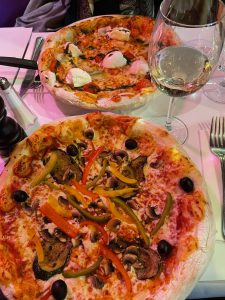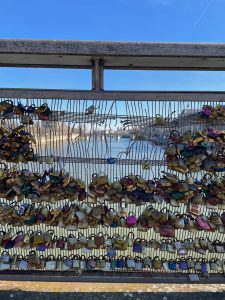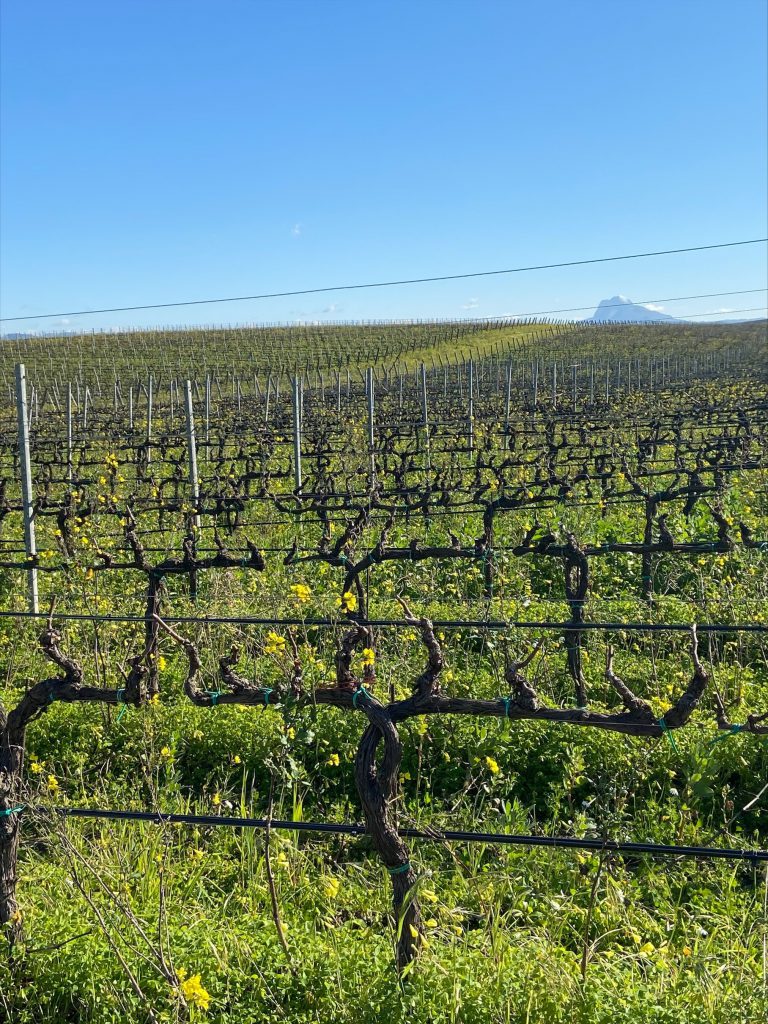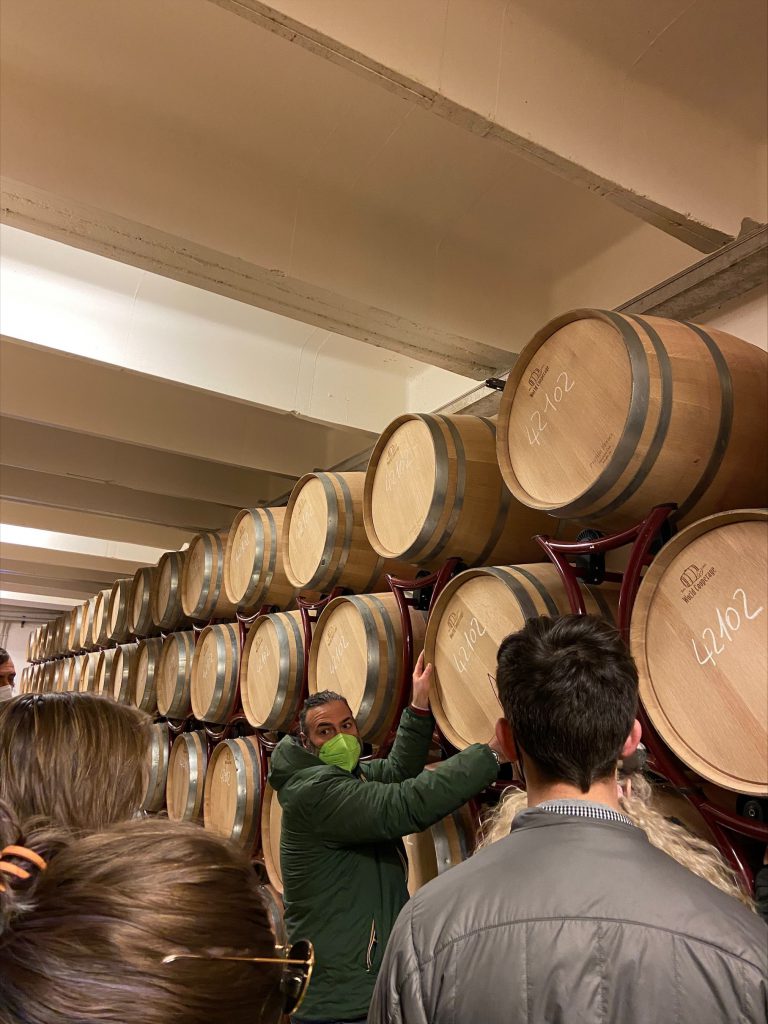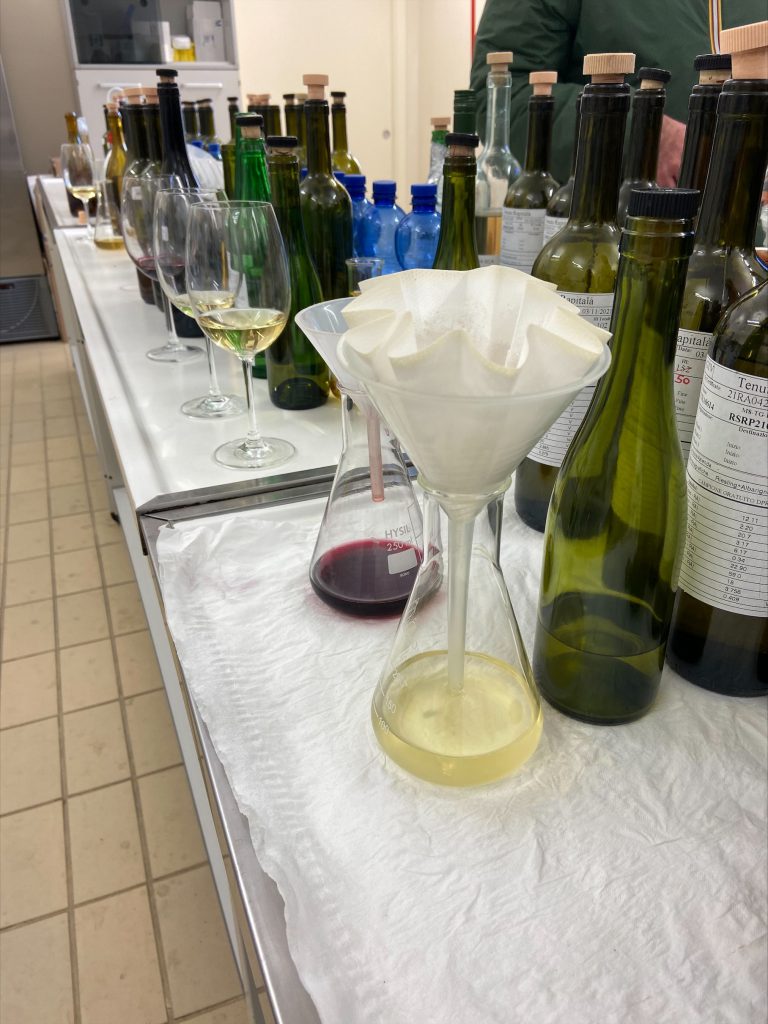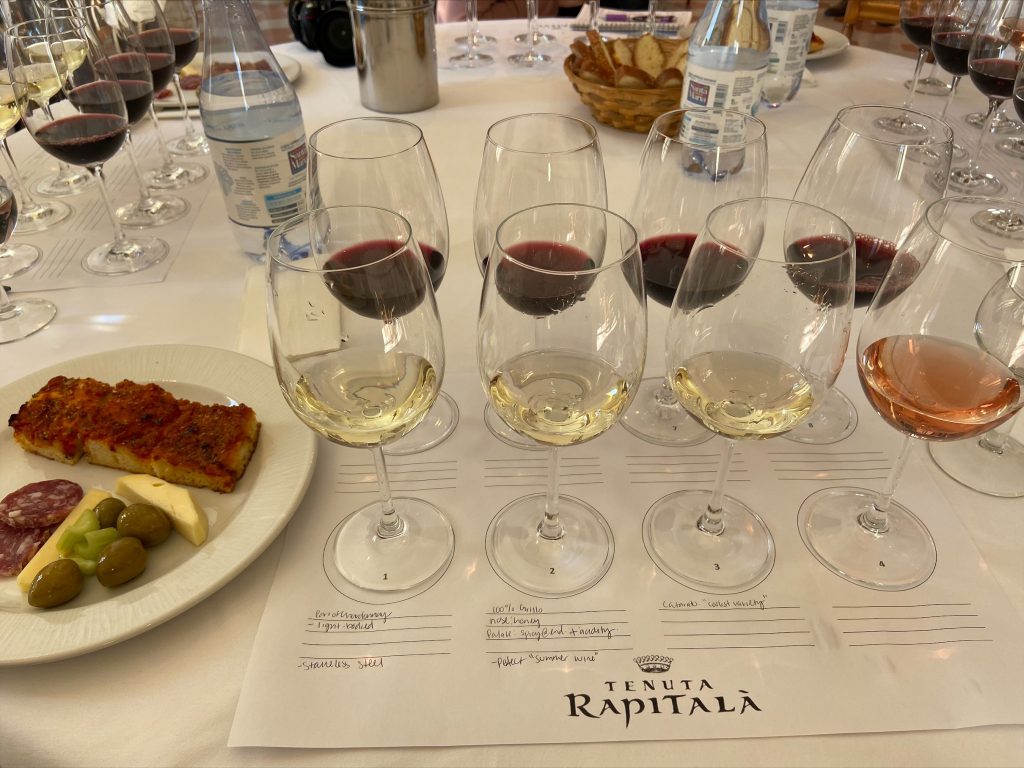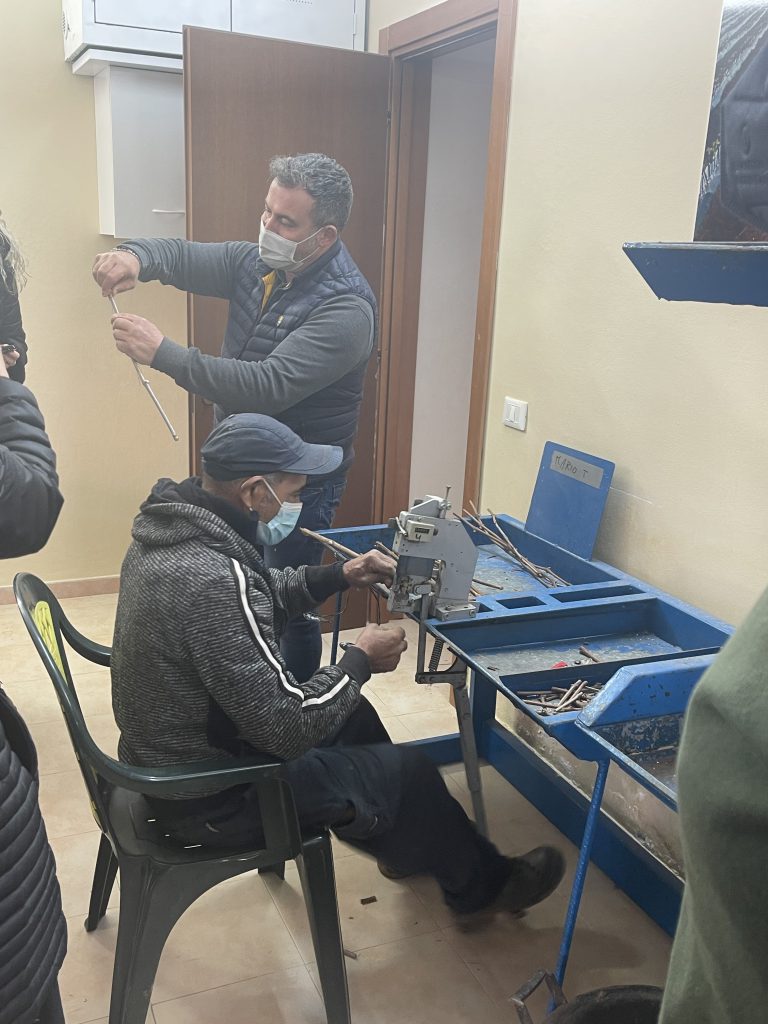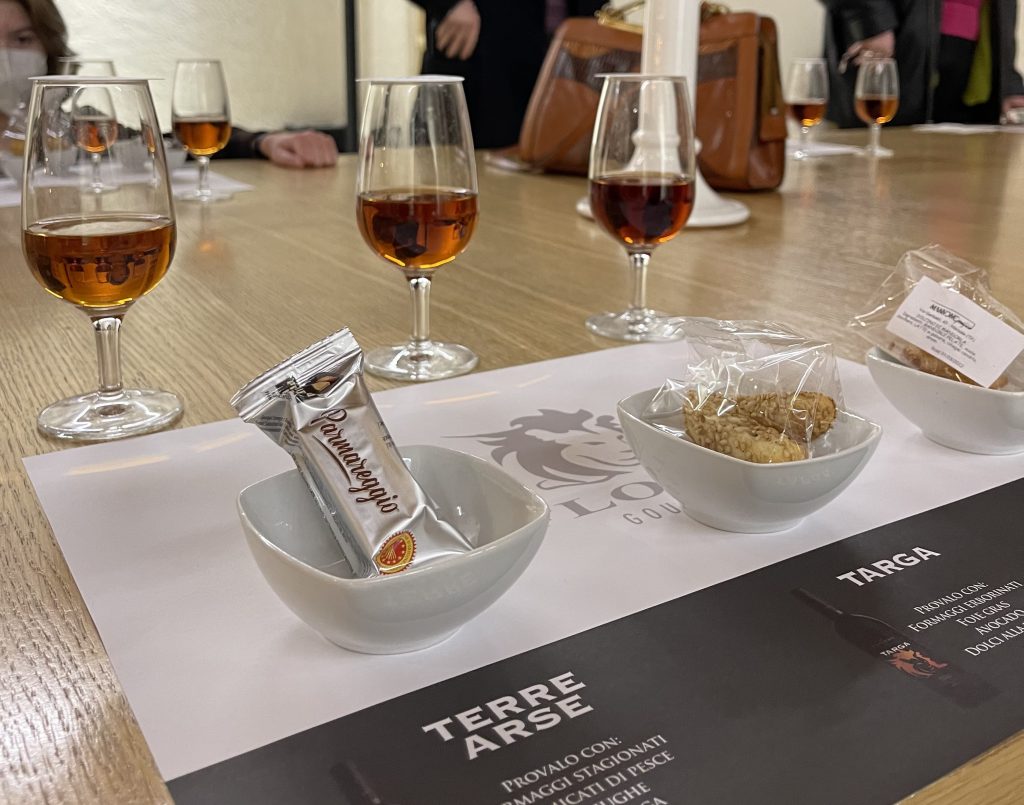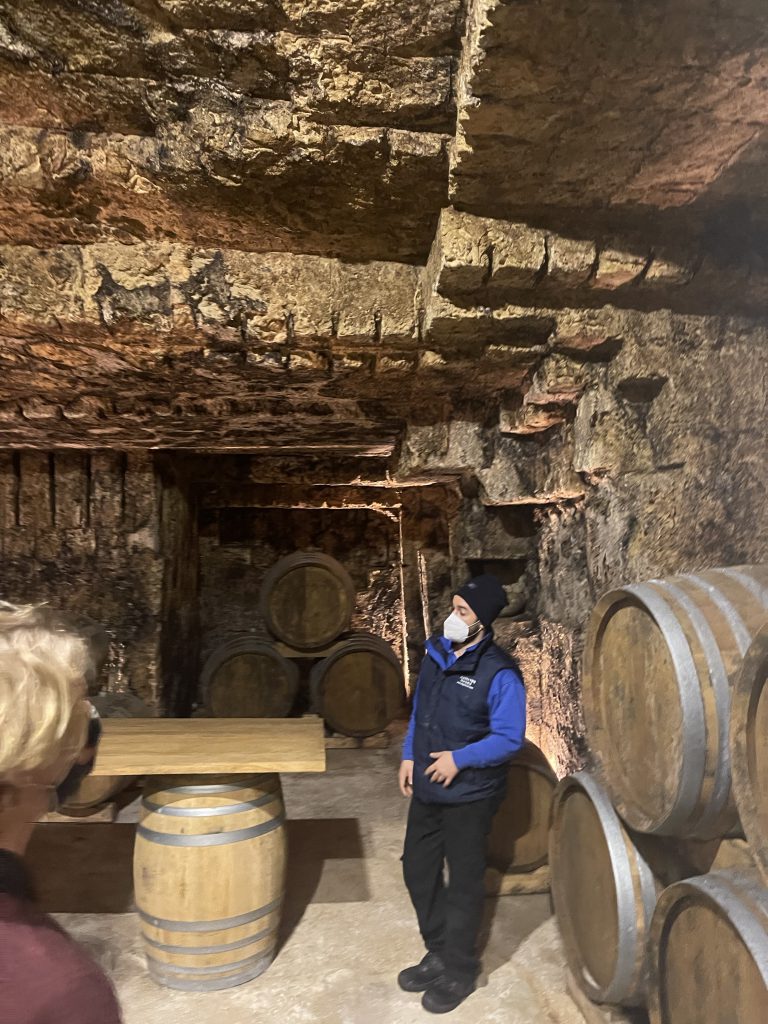Hello from Galway, Ireland!
This month we have been doing a lot more exploring around Ireland including a trip we took to Dublin for Zell’s 21st birthday. We were able to get a hotel room in Dublin and train tickets there to have a fun long weekend celebration. The first thing we did when we arrived in Dublin was check into our hotel.
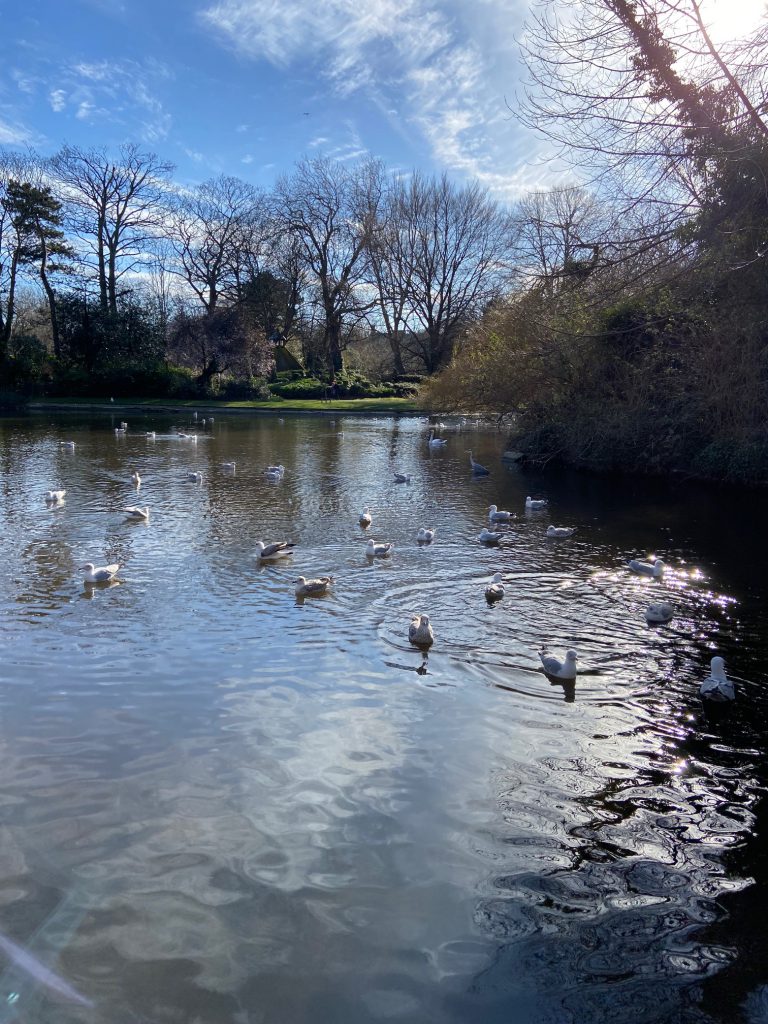
After the hotel we headed straight to the museum of archaeology. We were delighted to find that the museums in Dublin are completely free, and we spent all the time we could exploring and learning about Ireland’s diverse archaeological background. It was cool to see the things we have been learning about in our Irish, medieval, and Viking archeology classes in person. We got to look at the famed bog bodies, Viking age materials, and many intricate pieces of jewelry among other artifacts.

We found a wonderful place to eat that night and then crashed at the hotel. The next day was Zell’s birthday, so we headed out to Dublin Zoo! The zoo was amazing, and it was well worth the hour walk to get there. There were many really cool animals, and we were blessed with great weather for our entire trip.
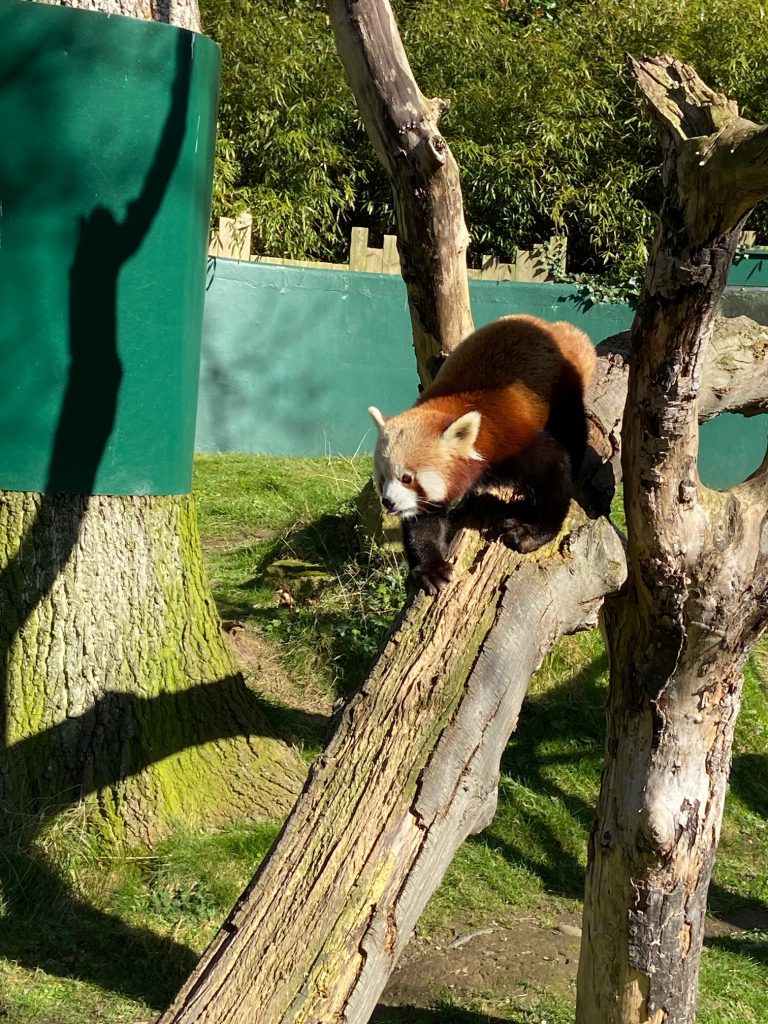
After the zoo we headed to the art museum and wandered around until it closed for the day looking at artwork, furniture, and clothing from all around Europe.
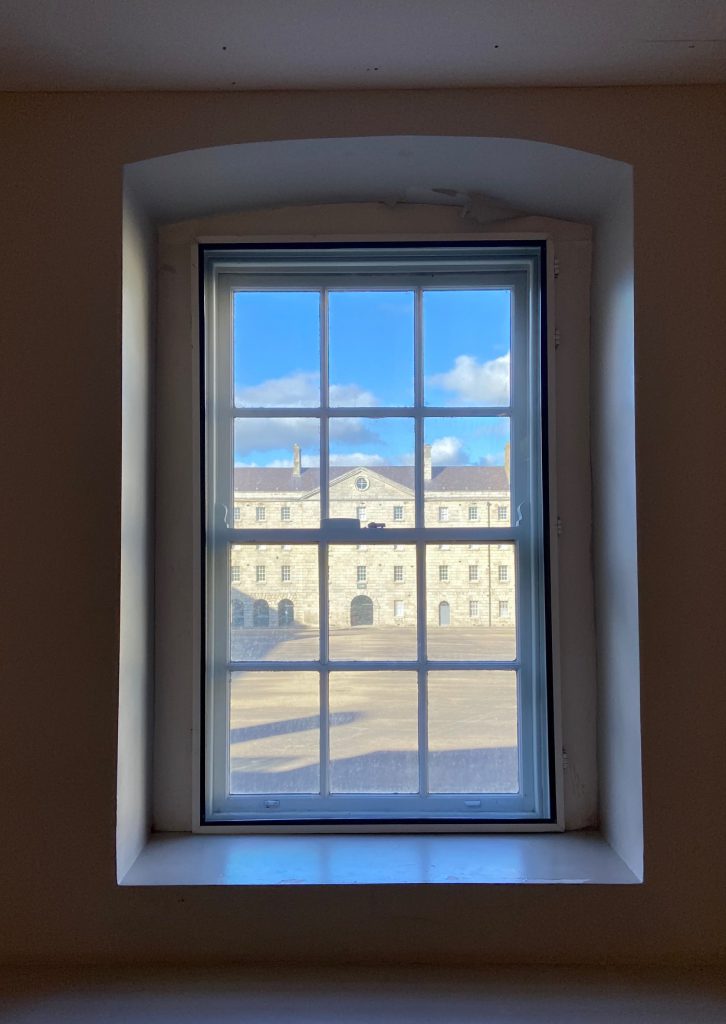
We found a perfect place for birthday drinks, dinner, and dessert that night to end Zell’s 21st.
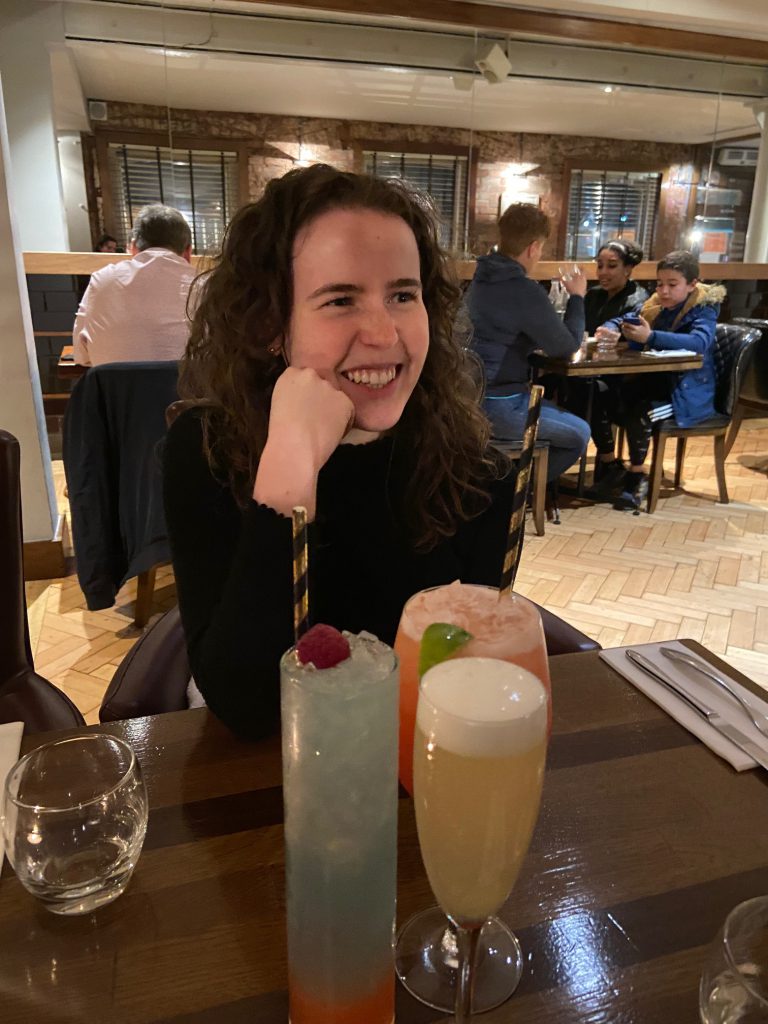
The next morning, we checked out of the hotel and visited Trinity college to see the book of Kells in all its glory. The library was stunning and seeing the book of Kells up close was a surreal experience.
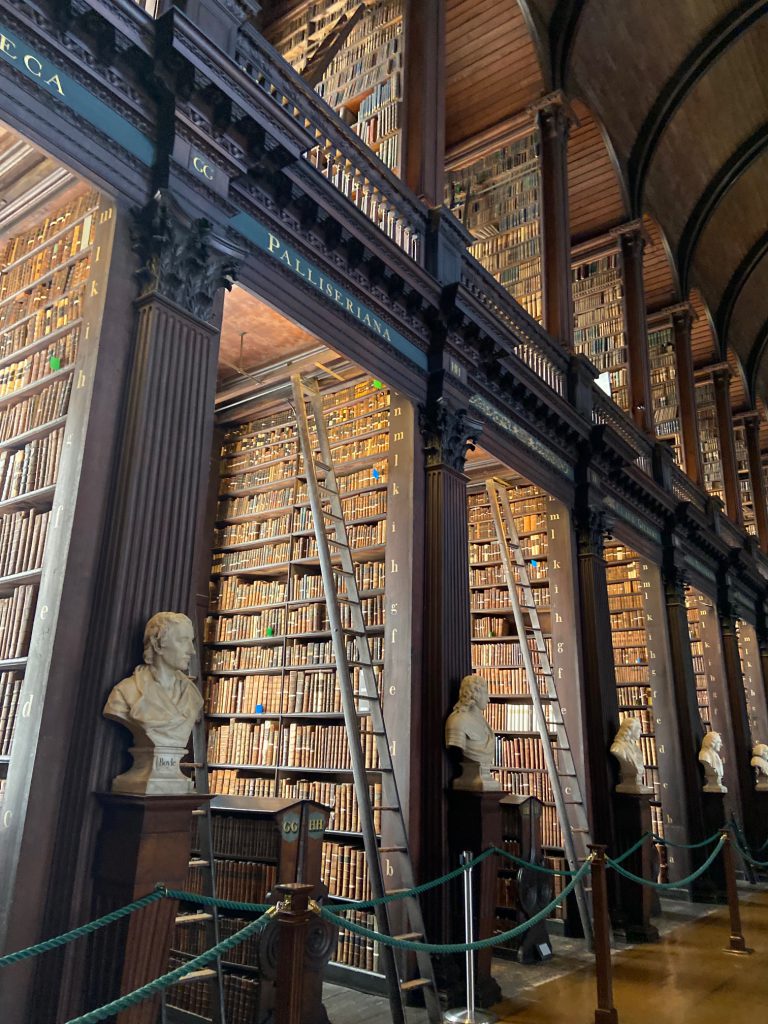
After the library we took a long walk back to the train station where we read our books until it was time to board out train back to Galway. We had an amazing adventure packed weekend in Dublin, and we are already planning our next visit there for a concert we are seeing in April.
Best,
Isabel Brown
